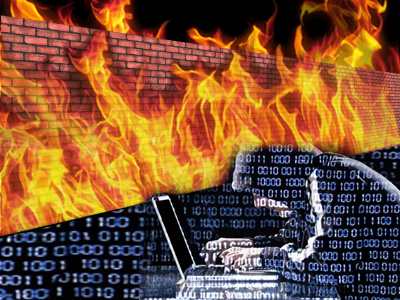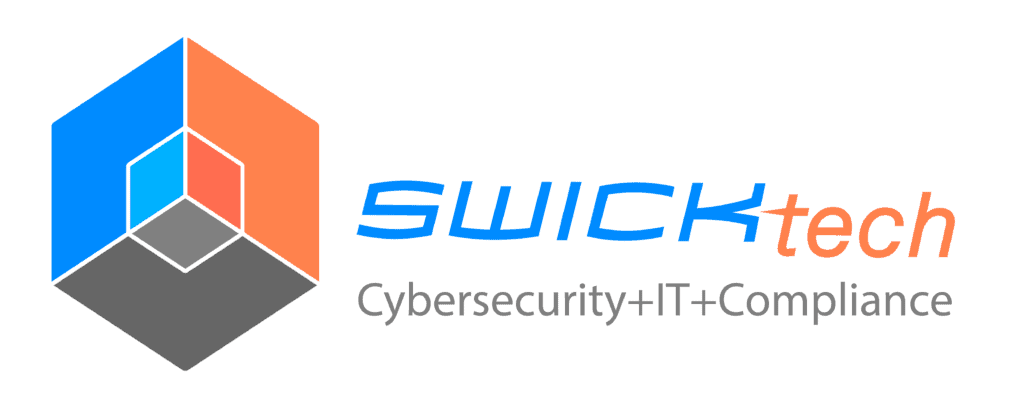
Your network firewall is the gatekeeper and a key layer of defense for your overall network security strategy. This layer must be managed, maintained and monitored to insure its optimal performance. This article will go over a few fundamental best practices that will help insure that your network firewall stays stable, secure and protects your network from malicious attacks.
A primary best practice is to block all traffic from the Internet to your local network. Once you have a clean slate, you can start making an exceptions list based on the services your company needs published to the rest of the Internet. E-mail and web servers are common examples of exceptions. By keeping everyone and everything out, then deciding on what and who you want to let in, makes it harder for a potential threat to invade. Most small to medium size businesses allow all traffic sourcing from the local network destined to the Internet. Limitations can be placed on this as well and should be evaluated based on business operations.
The second best practice is to document changes or exceptions that you make to your network firewall. This can come in handy in more than one way. Should your system experience a catastrophic event or if you purchase a new firewall, you are able to configure the new network firewall by using the last documented settings. Another reason to document changes or exceptions, especially in large companies, is to know why and for whom you made the exception for. As companies grow, employees come and go, it can be easy to forget the decisions that were made especially if they were for one or a few people.
Monitoring your network firewall’s behavior provides whether or not the firewall is “online” and can prevent and help predict problems. The best time to start monitoring your firewall is when the firewall is implemented. However, as long as you’re aware of your network firewall’s optimal performance it is rarely too late to start monitoring your network firewall. Regular monitoring can allow you to compare and analyze fluctuations as time goes on. These fluctuations are what you need to pay attention to so you can avoid and anticipate problems. For example, your company both routinely transfers data and allows employees to stream media during lunch at noon. As you might be able to imagine, the high data transfer rate during lunch could create quite a problem. Transferring data takes a certain percentage of your data transfer threshold, so does streaming movies and/ or music. By monitoring your network firewall’s behavior you can make adjustments so that important tasks such as transferring data can be done seamlessly and without interruption.
Lastly, limiting who is able to access your network firewall settings is a crucial best practice for any network firewall. Allowing only knowledgeable and network firewall savvy personnel access to your network firewall’s settings will help prevent accidental or ignorant changes. Such personnel will be able to analyze the network and insure its optimal performance. In addition, these technicians are experienced enough that when requests to change its current settings are made they are able to either make them precisely and correctly or advise against them.
Many others rules and regulations must also be followed to insure that your network stays functioning, stable and secure. These are just a few of the fundamental best practices for a network firewall. By following these few fundamental best practices will steer you and your company towards long term prosperity.



